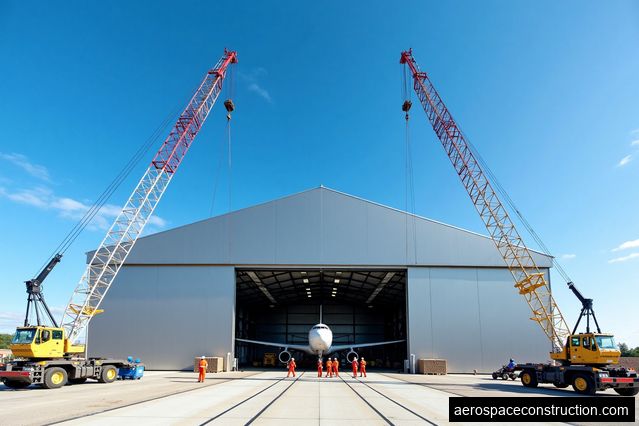Implementing Safety Measures
Safety is of utmost importance in aviation infrastructure construction. By implementing stringent safety measures, such as regular safety training, thorough risk assessments, and the use of advanced safety equipment, construction companies can significantly enhance safety protocols. These measures help mitigate potential risks and ensure the well-being of workers and the integrity of the infrastructure being built.
Promoting Safety Culture
Creating a strong safety culture is crucial in the aviation construction industry. This involves fostering an environment where safety is a top priority for all workers and stakeholders. Companies can achieve this by establishing clear safety policies, encouraging open communication about safety concerns, and recognizing and rewarding safe practices. By promoting a safety-first mindset, construction projects can be executed with a heightened focus on safety.
Utilizing Technology
Advancements in technology have revolutionized the construction industry, and aviation infrastructure construction is no exception. Embracing innovative technologies like drones, virtual reality simulations, and building information modeling (BIM) can greatly enhance safety protocols. Drones can be used to conduct aerial inspections, reducing the need for workers to physically inspect high-risk areas. Virtual reality simulations allow workers to practice safety procedures in a controlled environment, preparing them for real-life scenarios. BIM enables precise planning and coordination, minimizing potential safety hazards.
Enhancing Communication and Collaboration
Effective communication and collaboration are vital in ensuring safety in aviation infrastructure construction. Implementing digital platforms and tools that facilitate real-time communication among project stakeholders can help prevent accidents and delays. Clear and consistent communication allows for better coordination, ensuring that all workers are aware of potential hazards and safety protocols. Collaboration among different teams and disciplines promotes a holistic approach to safety, minimizing errors and enhancing overall project safety.
Prioritizing Risk Assessment
Thorough risk assessment is a fundamental step in enhancing safety protocols in aviation infrastructure construction. Conducting comprehensive risk assessments at various stages of the project helps identify potential hazards and develop appropriate mitigation strategies. It is essential to involve all stakeholders, including engineers, architects, and construction workers, in the risk assessment process. By identifying and addressing risks early on, construction companies can proactively ensure the safety of personnel and the successful completion of the project.
Continuous Monitoring and Evaluation
Safety protocols should not be static but rather dynamic and adaptable. Continuous monitoring and evaluation of safety practices are crucial to identify areas for improvement and address emerging risks. Regular safety audits, inspections, and incident reporting help identify potential gaps in safety measures and allow for timely corrective actions. By constantly learning from experiences and making necessary adjustments, construction companies can continuously enhance safety protocols and achieve higher standards of safety in aviation infrastructure construction.








